This extraordinary dark brown Tyrannosaurus Rex tooth, measuring 2 3/8 inches long, features heavy serrations. This 100% natural tooth is an exceedingly rare and significant fossil. Trex teeth are iconic fossils, and this specimen was unearthed in the Lance Creek Formation, Weston County, Wyoming. The tooth displays its sharp serrations beautifully on both the front and back.
Tyrannosaurus rex, often simply called T. rex, is one of the most famous dinosaurs that ever lived. It roamed the Earth during the Late Cretaceous period, about 68 to 66 million years ago, in what is now western North America. T. rex was a massive predator, known for its large size, powerful jaws, and serrated teeth, which made it one of the top predators of its time.
T. rex was a large dinosaur, with adults measuring up to 12 meters (40 feet) in length and weighing around 8,000 kilograms (18,000 pounds). It had a massive skull, which could be over 1.5 meters (5 feet) long, and its teeth were up to 30 centimeters (12 inches) in length. These teeth were used for crushing bones and tearing flesh, making T. rex one of the most formidable predators of its time.
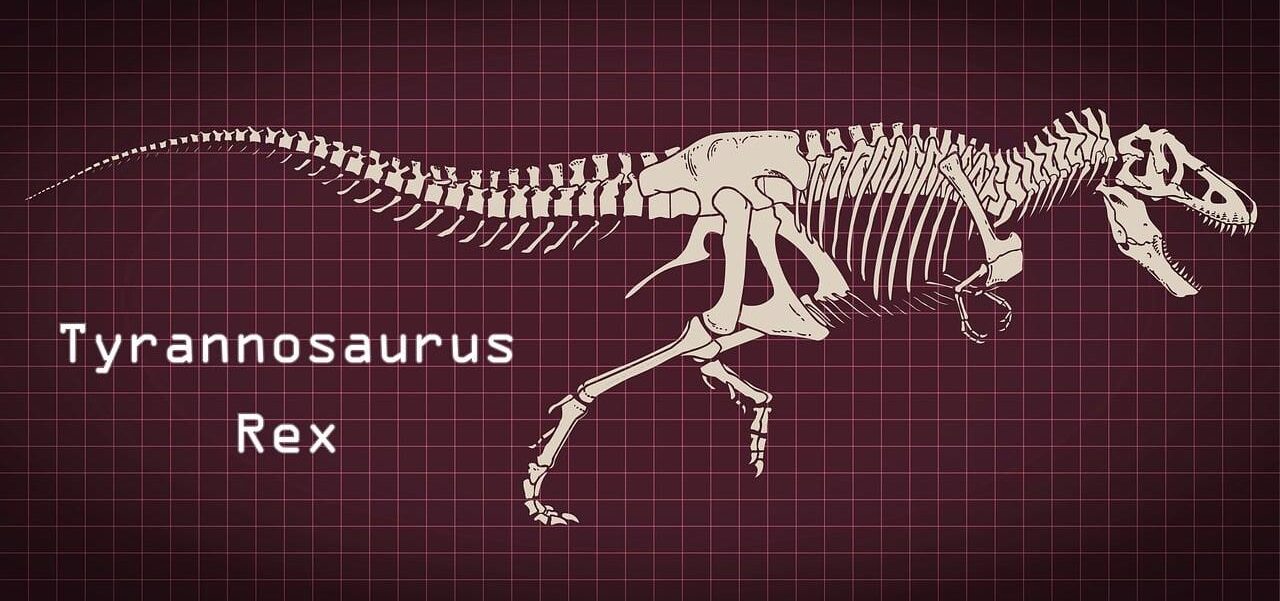
One of the most distinctive features of T. rex was its tiny arms, which were only about a meter (3 feet) long and had two clawed fingers. Despite their small size, these arms were incredibly strong and were likely used for grasping onto prey or for other tasks such as mating or feeding.
T. rex had a robust body with strong, muscular legs, which allowed it to move quickly and efficiently. It is believed that T. rex could run at speeds of up to 25 miles per hour (40 kilometers per hour), making it a swift and agile predator despite its size.
The diet of T. rex consisted mainly of large herbivorous dinosaurs, such as Triceratops and Edmontosaurus. T. rex was a scavenger as well, feeding on carcasses of dead animals when the opportunity arose. Its powerful jaws and teeth allowed it to crush bones, extracting as much nutrition as possible from its prey.
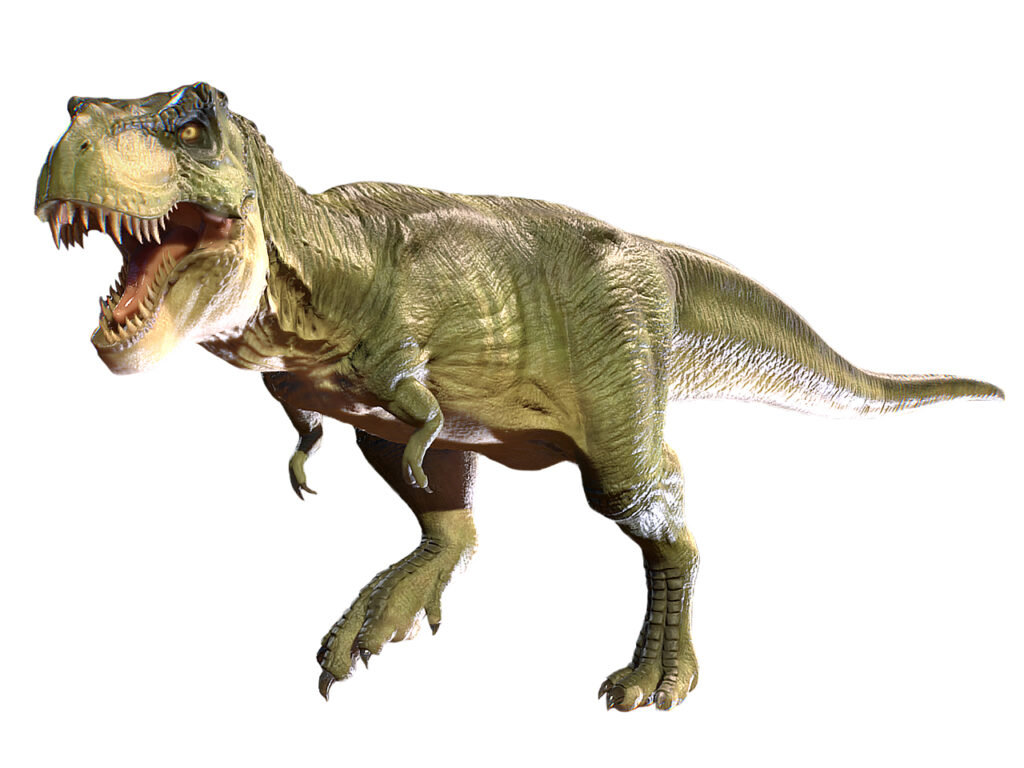
The discovery of several T. rex fossils has provided scientists with valuable insights into the biology and behavior of this remarkable dinosaur. Fossilized remains have revealed that T. rex grew rapidly, reaching full size in about 20 years. Additionally, some fossils show evidence of injuries that have healed, indicating that T. rex was capable of surviving serious injuries.
The extinction of the dinosaurs, including T. rex, is a topic of ongoing debate among scientists. The most widely accepted theory is that a massive asteroid impact, combined with volcanic activity, caused drastic changes in the Earth’s climate, leading to the extinction of the dinosaurs around 66 million years ago.

Despite its extinction, T. rex remains one of the most iconic and fascinating dinosaurs in popular culture. Its fearsome appearance and reputation as a top predator have made it a favorite subject in books, movies, and other forms of media, ensuring that the legacy of this incredible dinosaur will continue to captivate people for generations to come.
Tyrannosaurus rex fossils have played a crucial role in our understanding of this iconic dinosaur. Discovered in the late 19th century, T. rex fossils have provided paleontologists with valuable information about its anatomy, behavior, and evolution.
The first T. rex fossil was discovered in 1902 by paleontologist Barnum Brown in Montana, USA. Since then, many more fossils have been found, mainly in North America, particularly in states like Montana, South Dakota, and Wyoming. These fossils have helped scientists piece together the puzzle of what T. rex looked like and how it lived.
One of the most striking features of T. rex fossils is their size. T. rex was one of the largest land predators to ever exist, with some individuals reaching lengths of up to 12 meters (40 feet) and weighing around 8,000 kilograms (18,000 pounds). Fossils of T. rex skulls, teeth, and bones have allowed scientists to estimate its size and reconstruct its appearance.
The skull of T. rex is one of its most impressive features. It was massive, measuring over 1.5 meters (5 feet) in length, and was filled with large, serrated teeth that could grow up to 30 centimeters (12 inches) long. These teeth were used for crushing bones and tearing flesh, allowing T. rex to efficiently consume its prey.
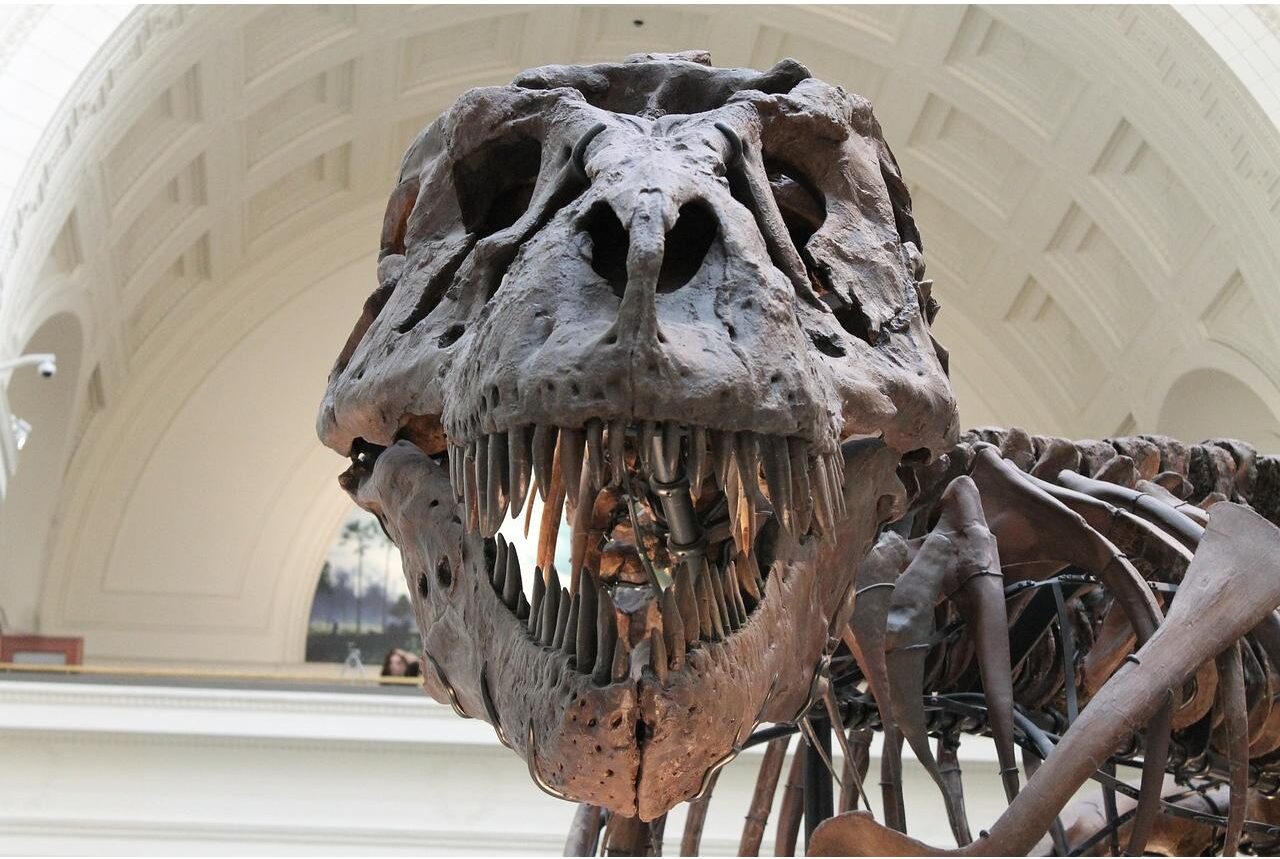
T. rex fossils have also provided insight into its behavior. Some fossils show evidence of healed injuries, indicating that T. rex was capable of surviving serious wounds. Other fossils suggest that T. rex may have been a scavenger as well as a predator, feeding on the carcasses of dead animals.
The discovery of T. rex fossils has also shed light on its evolution. T. rex belonged to a group of dinosaurs called theropods, which were bipedal carnivores. Fossil evidence suggests that T. rex evolved from smaller, earlier theropods and gradually increased in size over millions of years.
One of the most famous T. rex fossils is “Sue,” named after discoverer Sue Hendrickson. Sue is one of the most complete T. rex skeletons ever found, with over 90% of her skeleton recovered. Sue’s fossil has been instrumental in helping scientists understand the anatomy and biology of T. rex.
T. rex fossils continue to be a subject of study and fascination for scientists and the public alike. Each new discovery adds to our understanding of this incredible dinosaur and helps us piece together the story of life on Earth millions of years ago.
Prehistoric 101 (Learn about fossils, minerals, and meteorites)
Tyrannosaurus Rex: The Dinosaur for All
Trex: Learn all About Tyrannosaurus

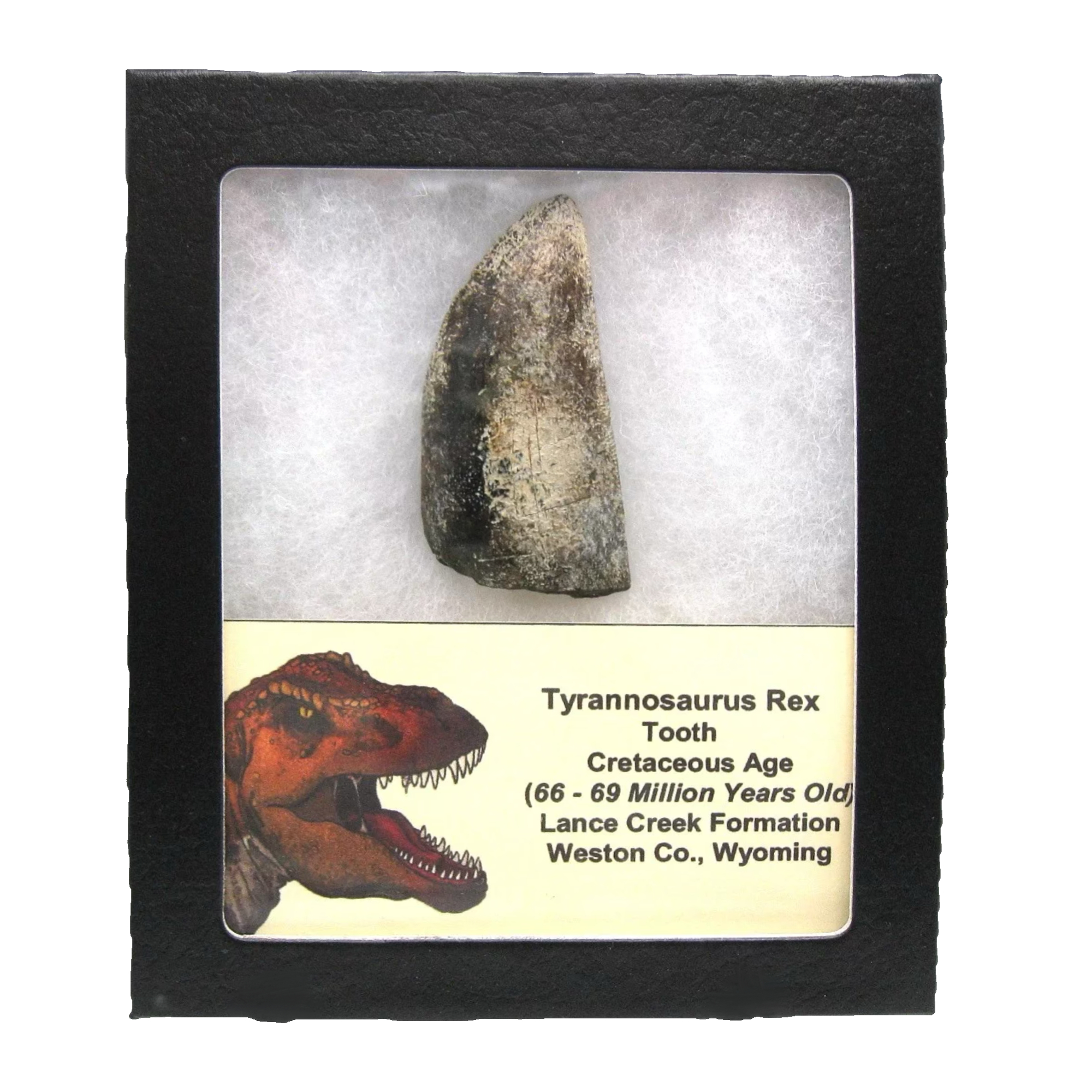
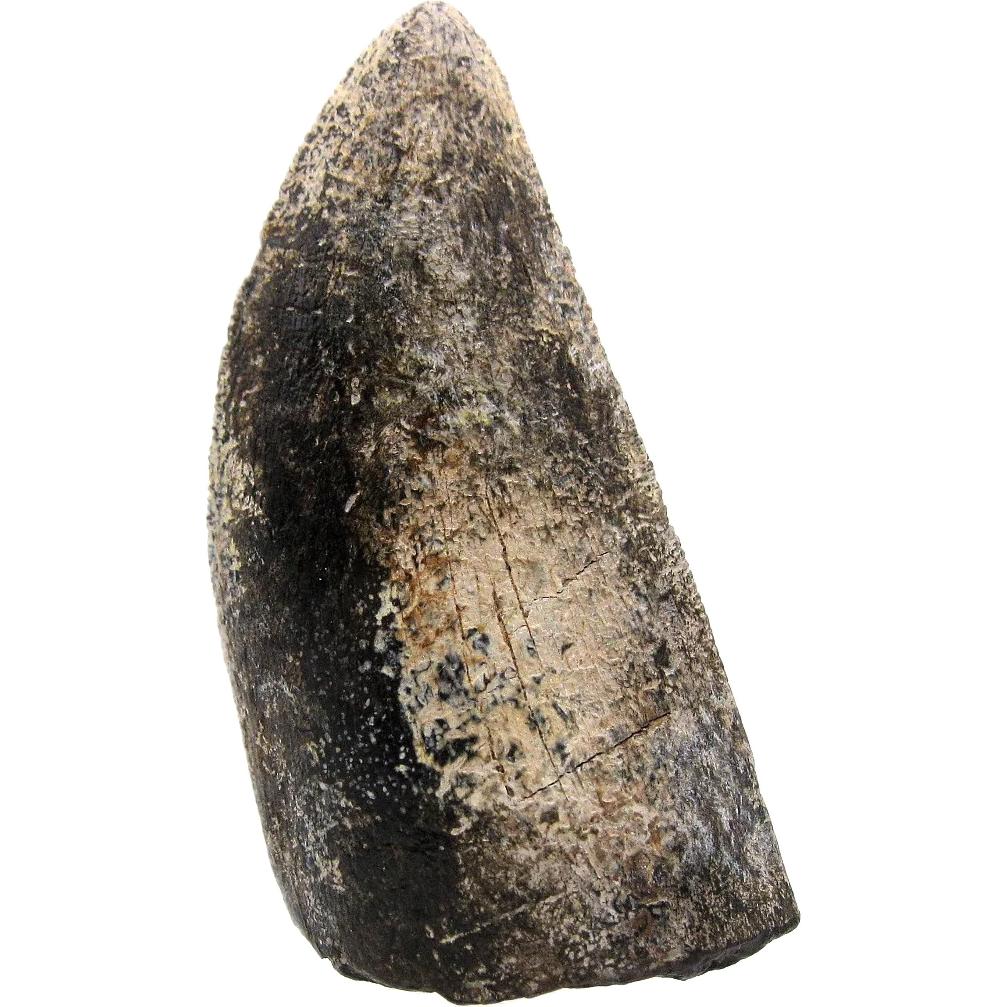
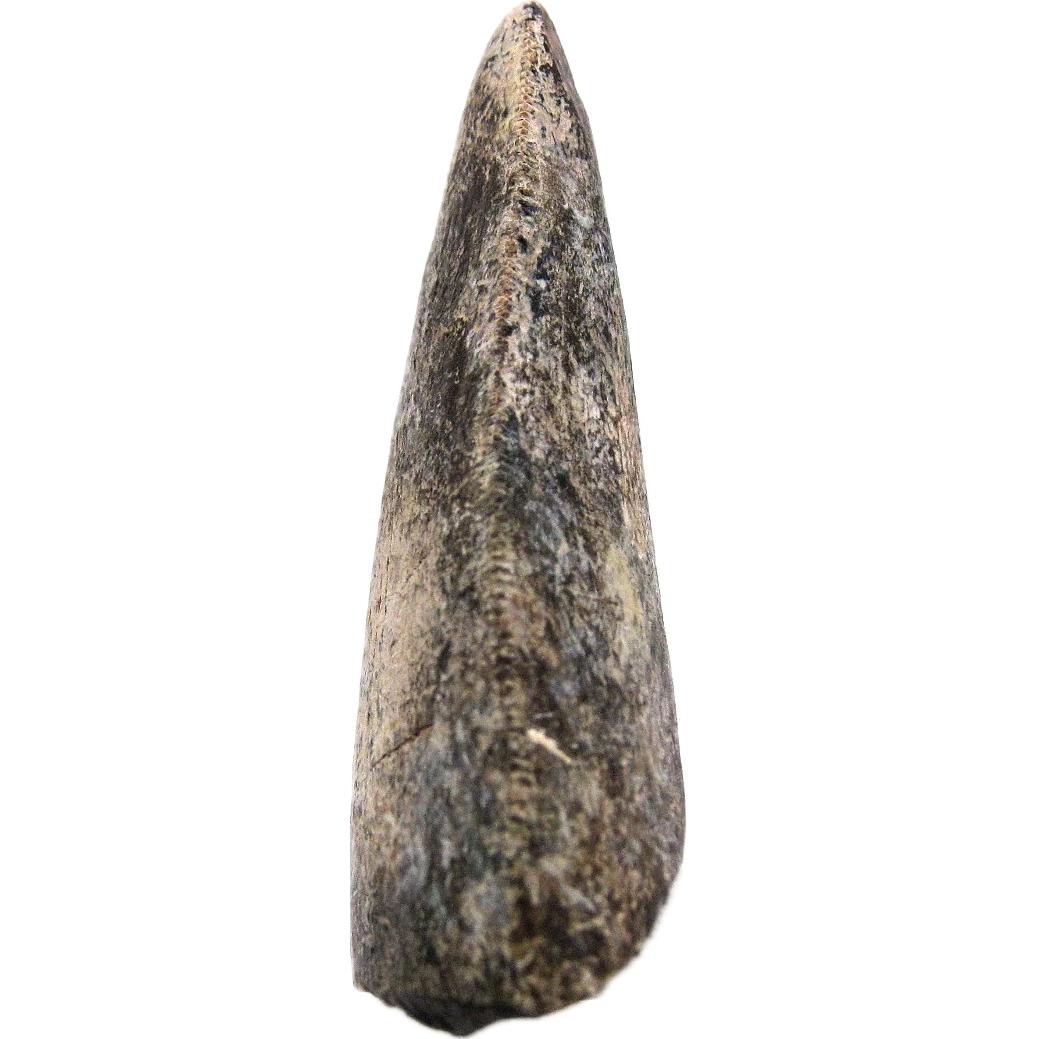
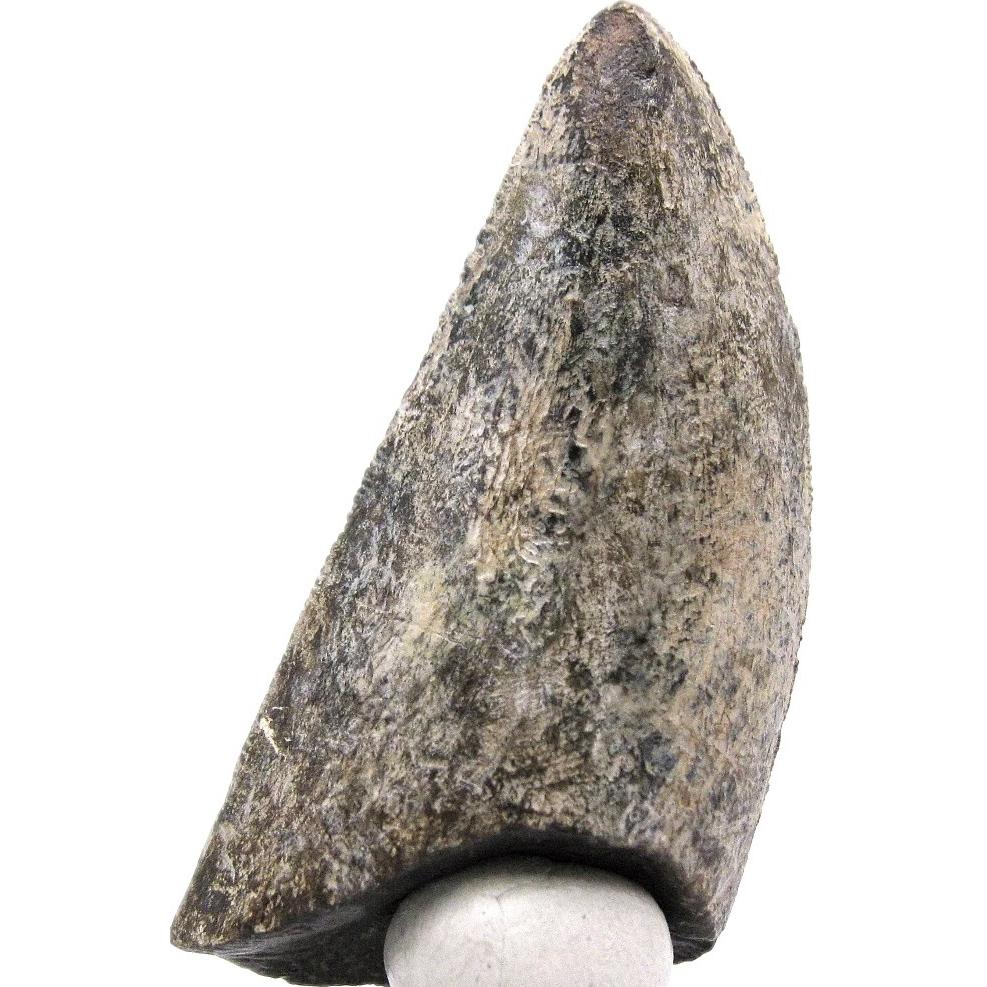
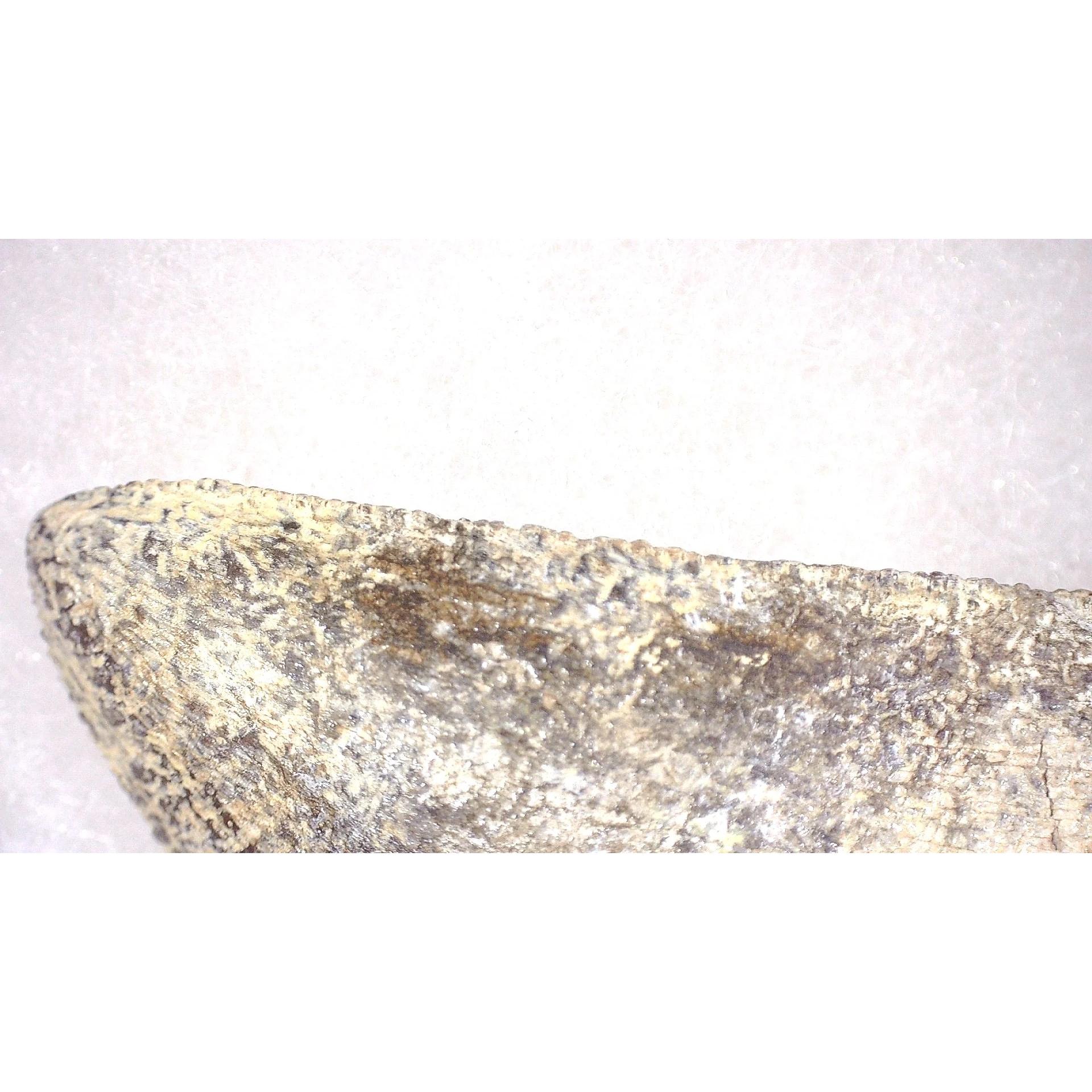
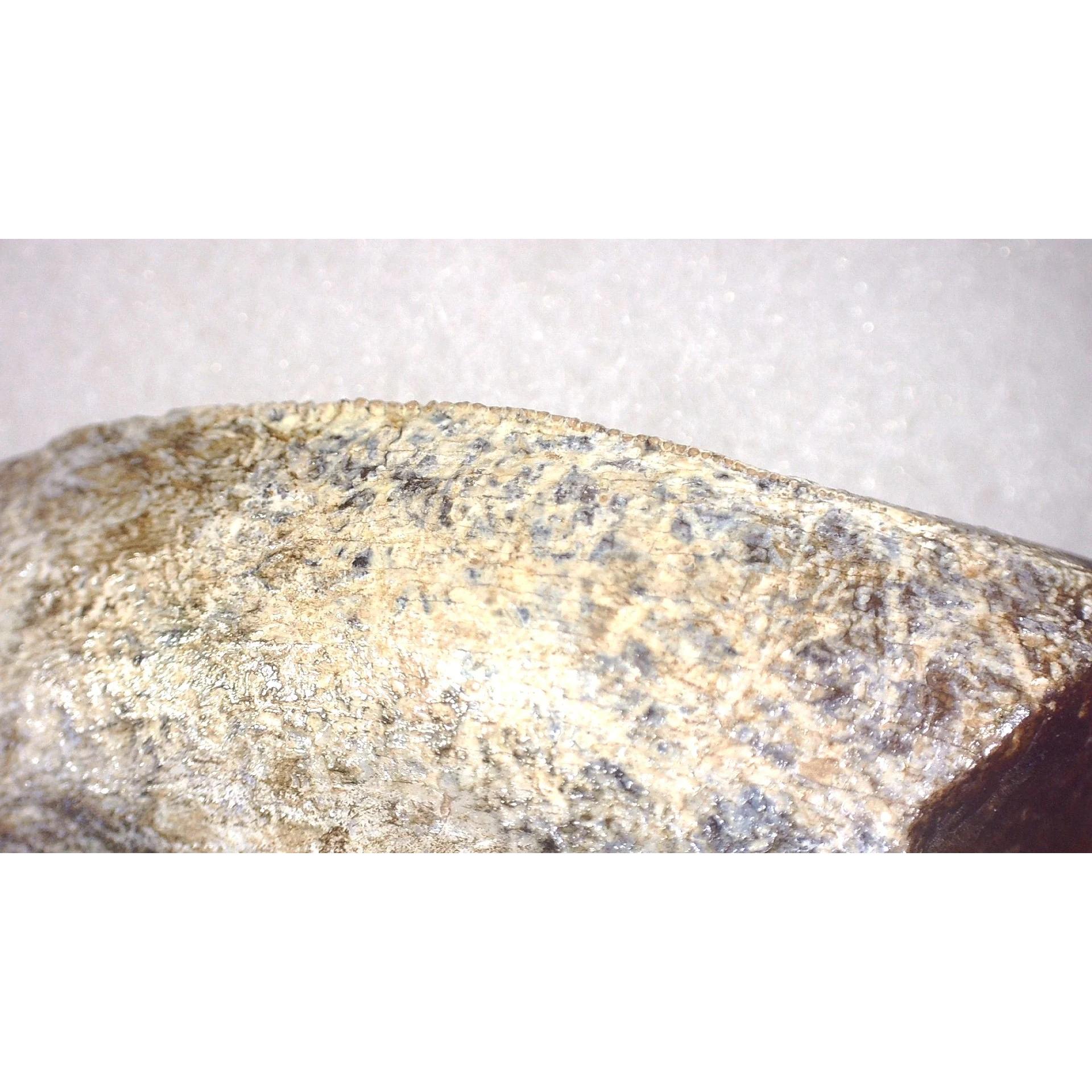
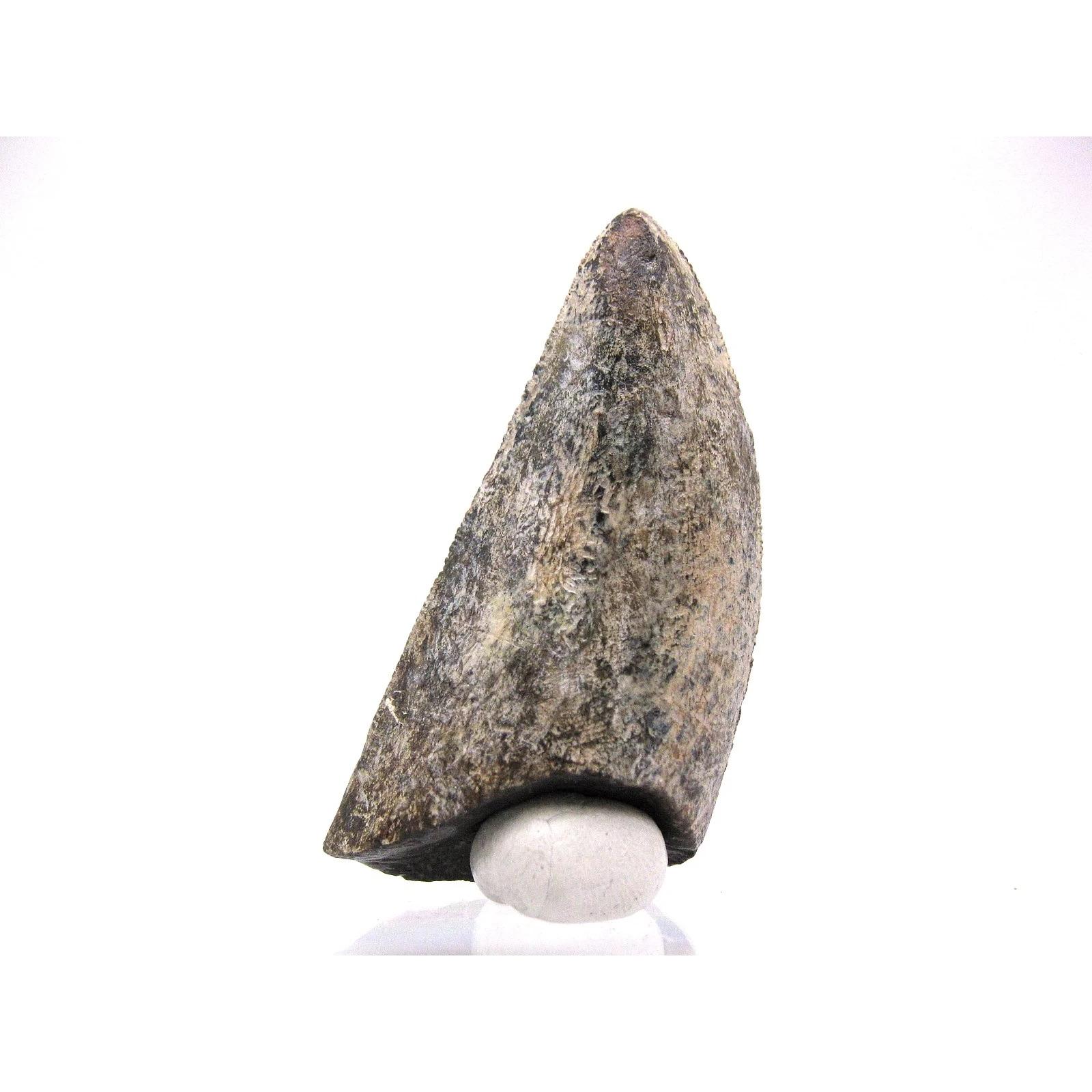
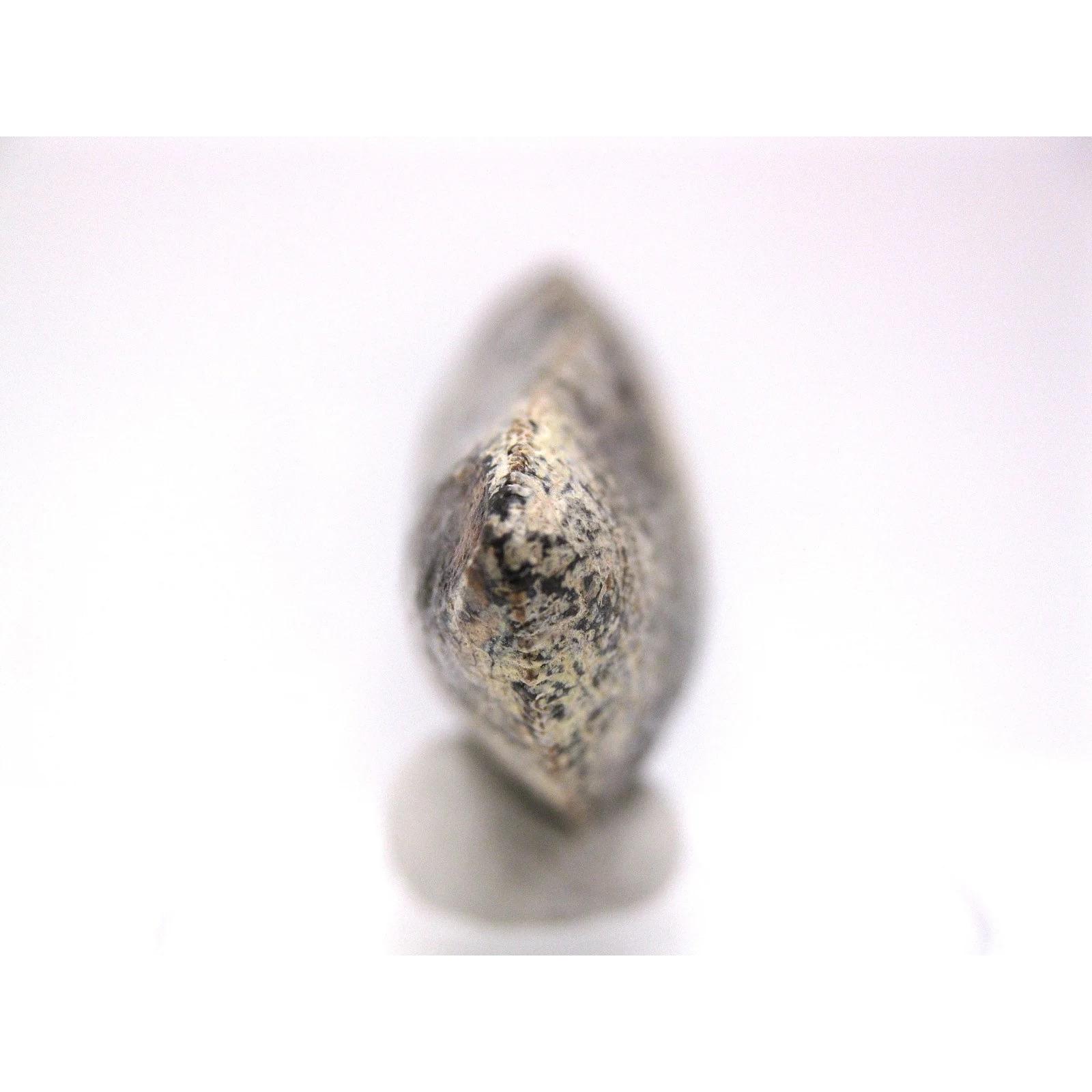
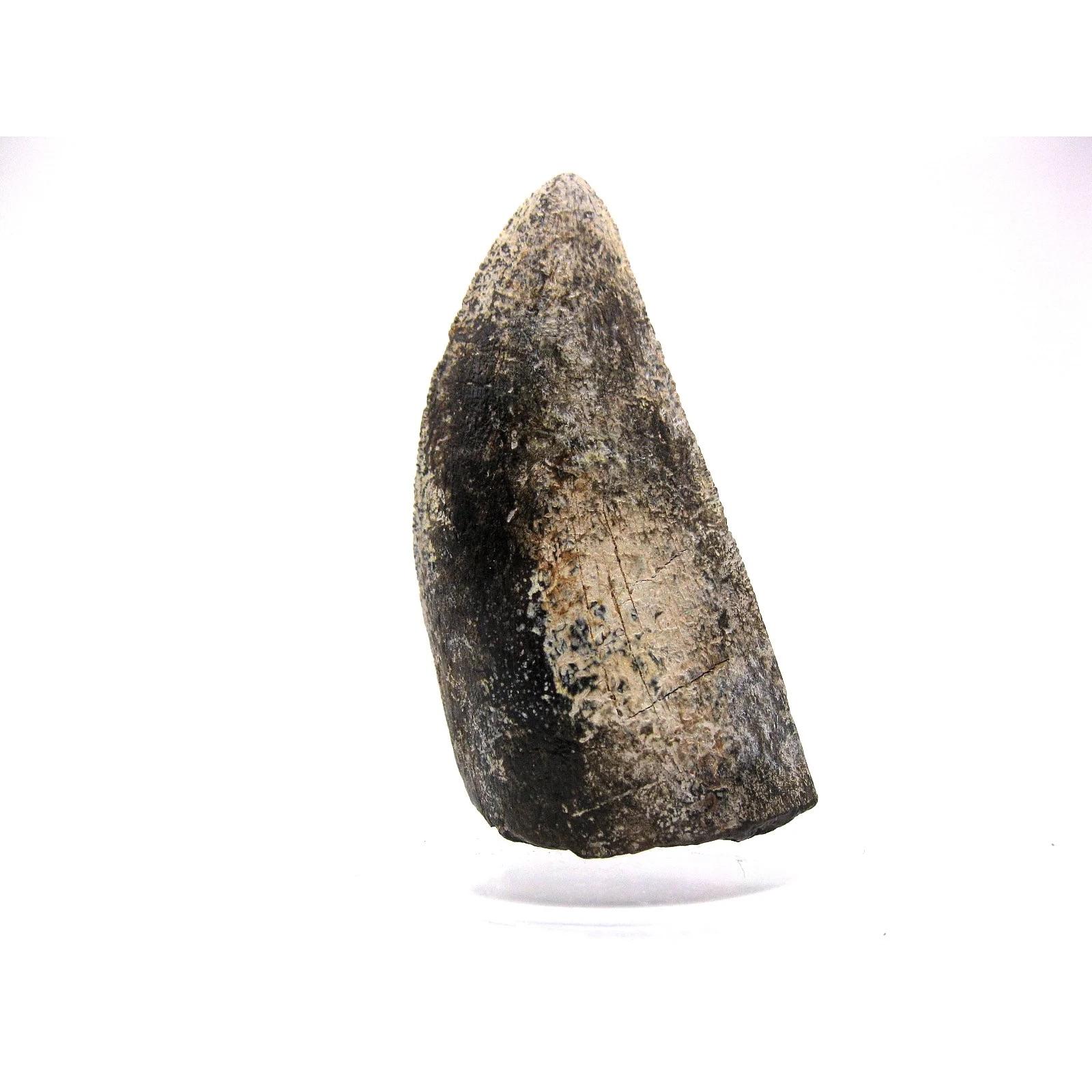
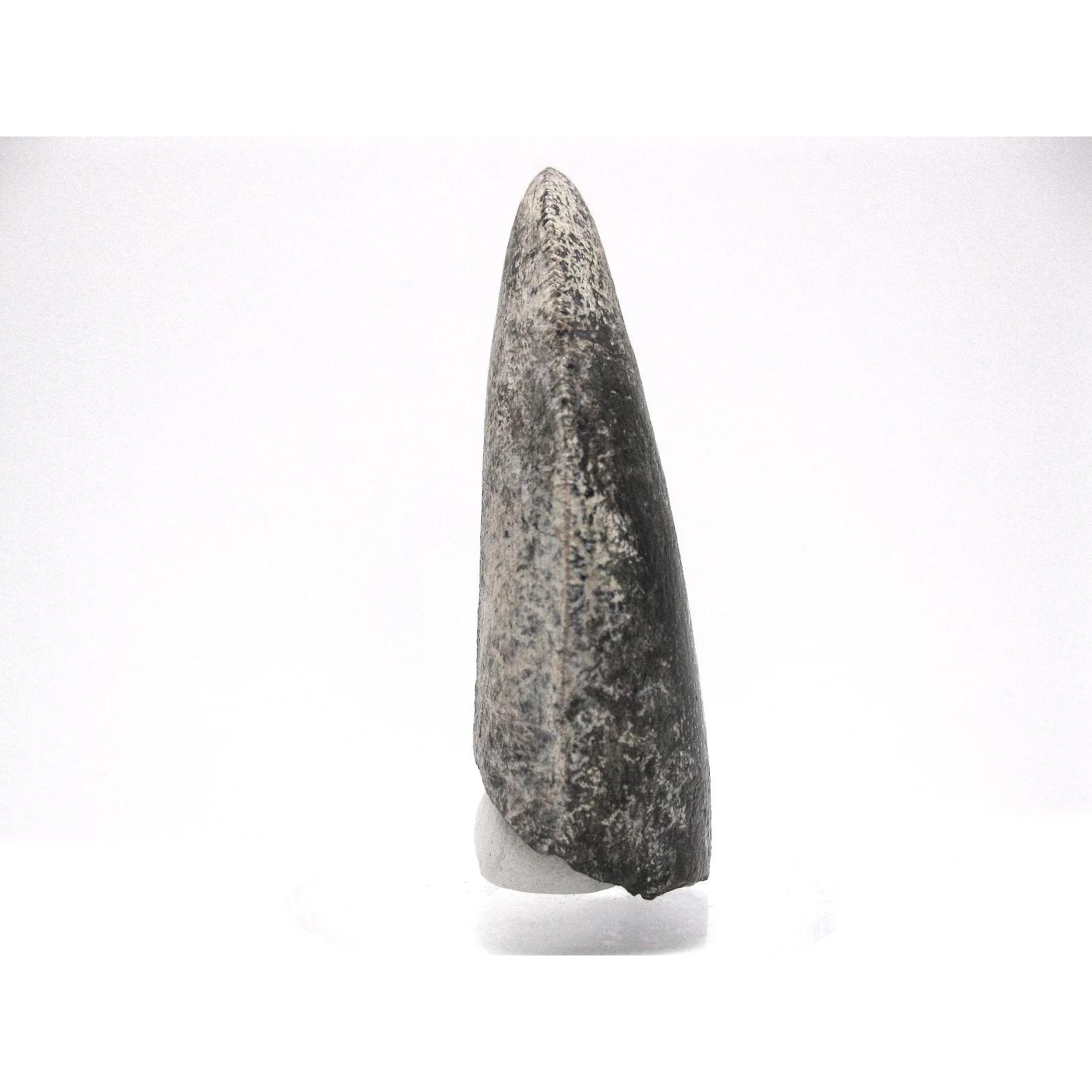
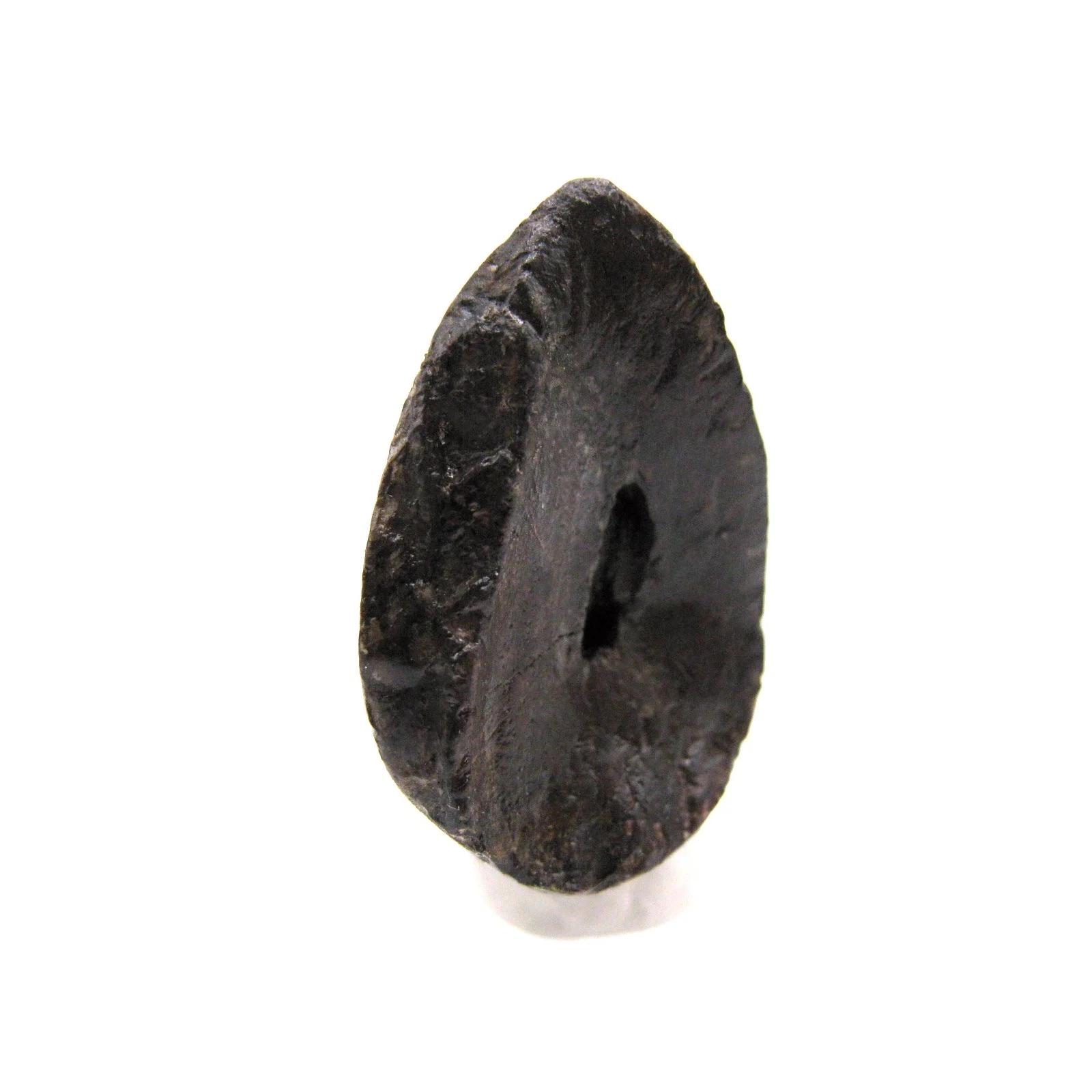
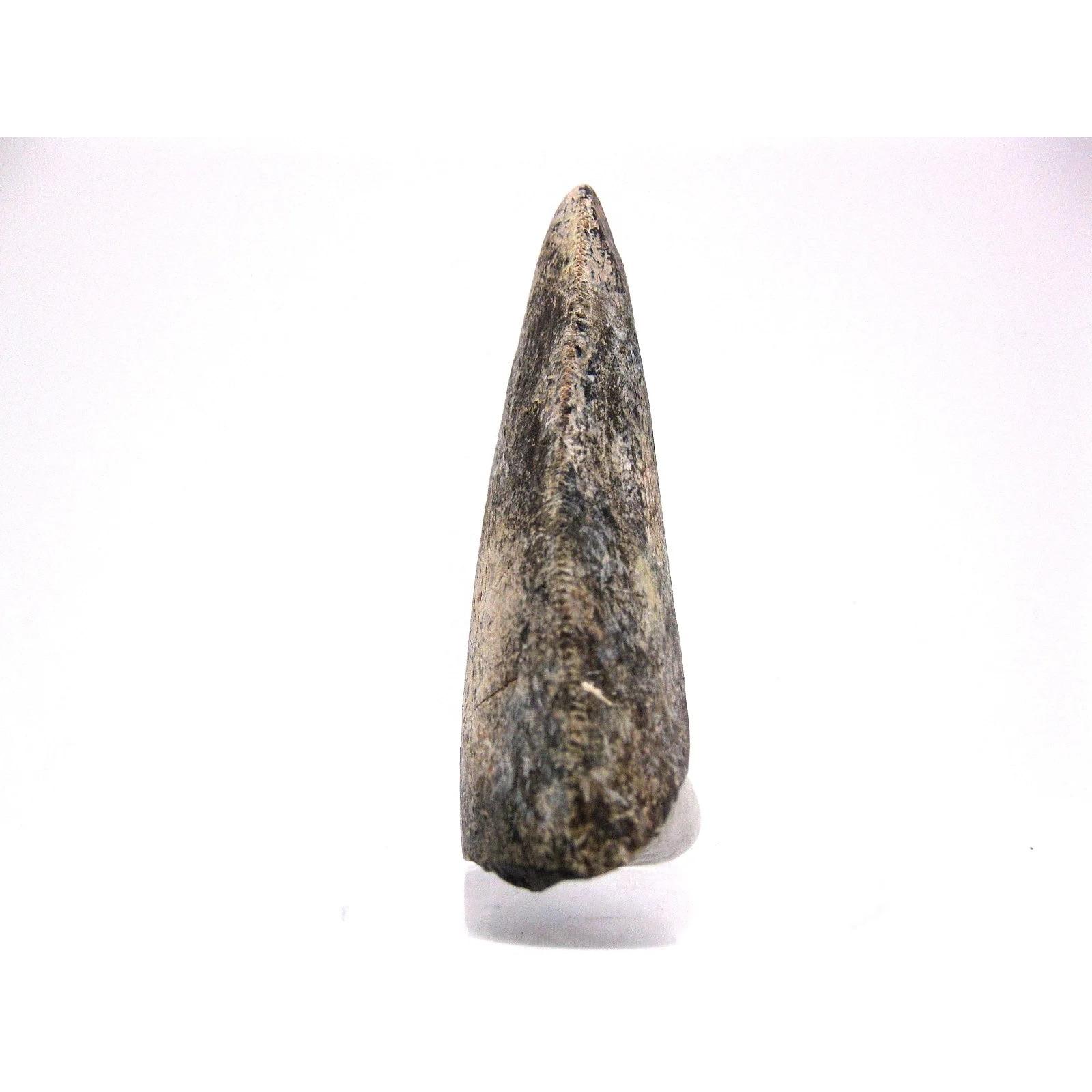
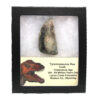
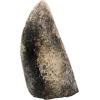
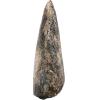
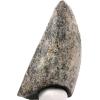


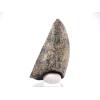
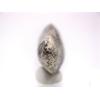
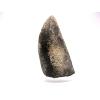
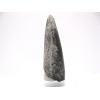
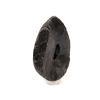
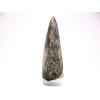
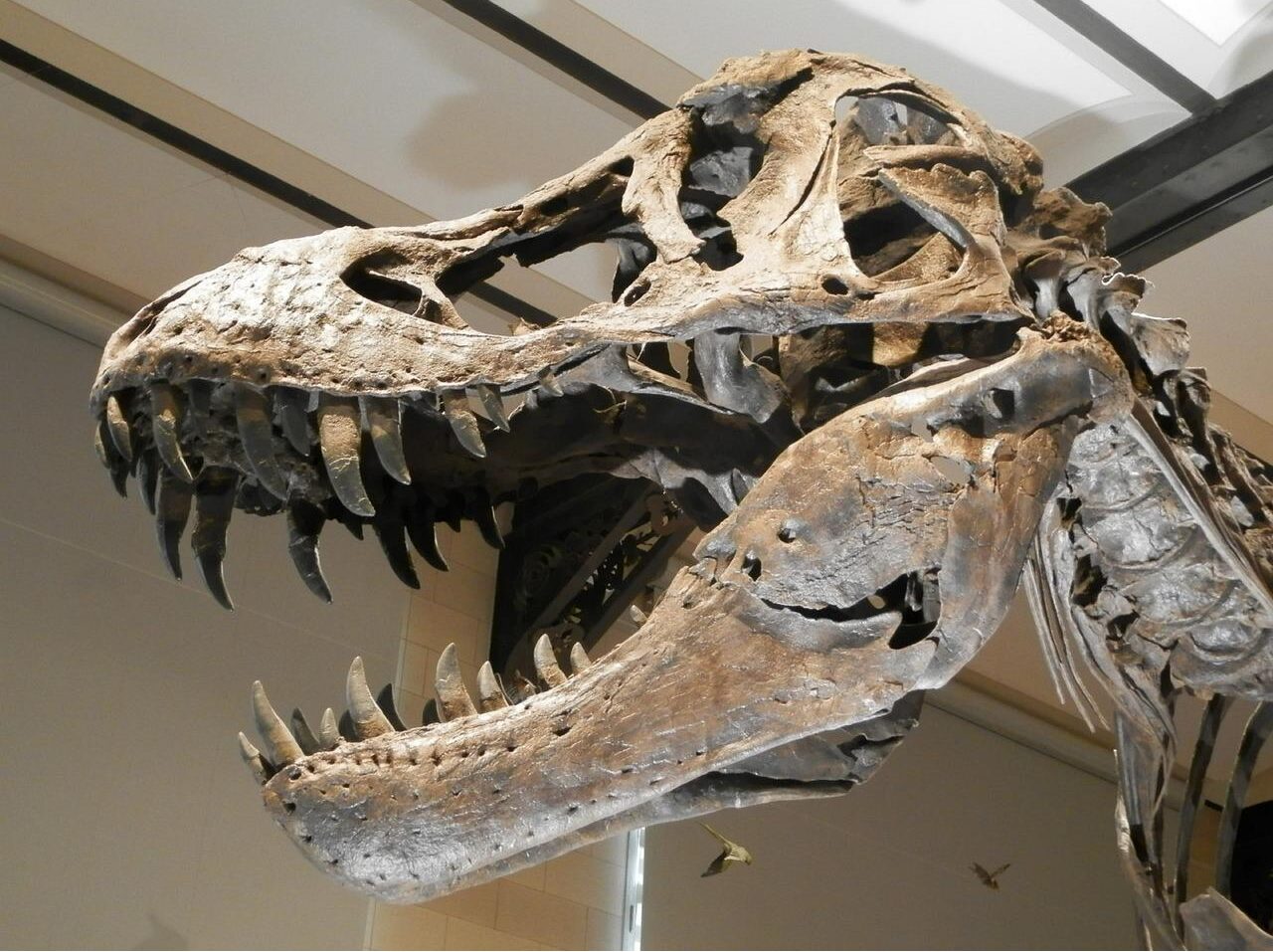
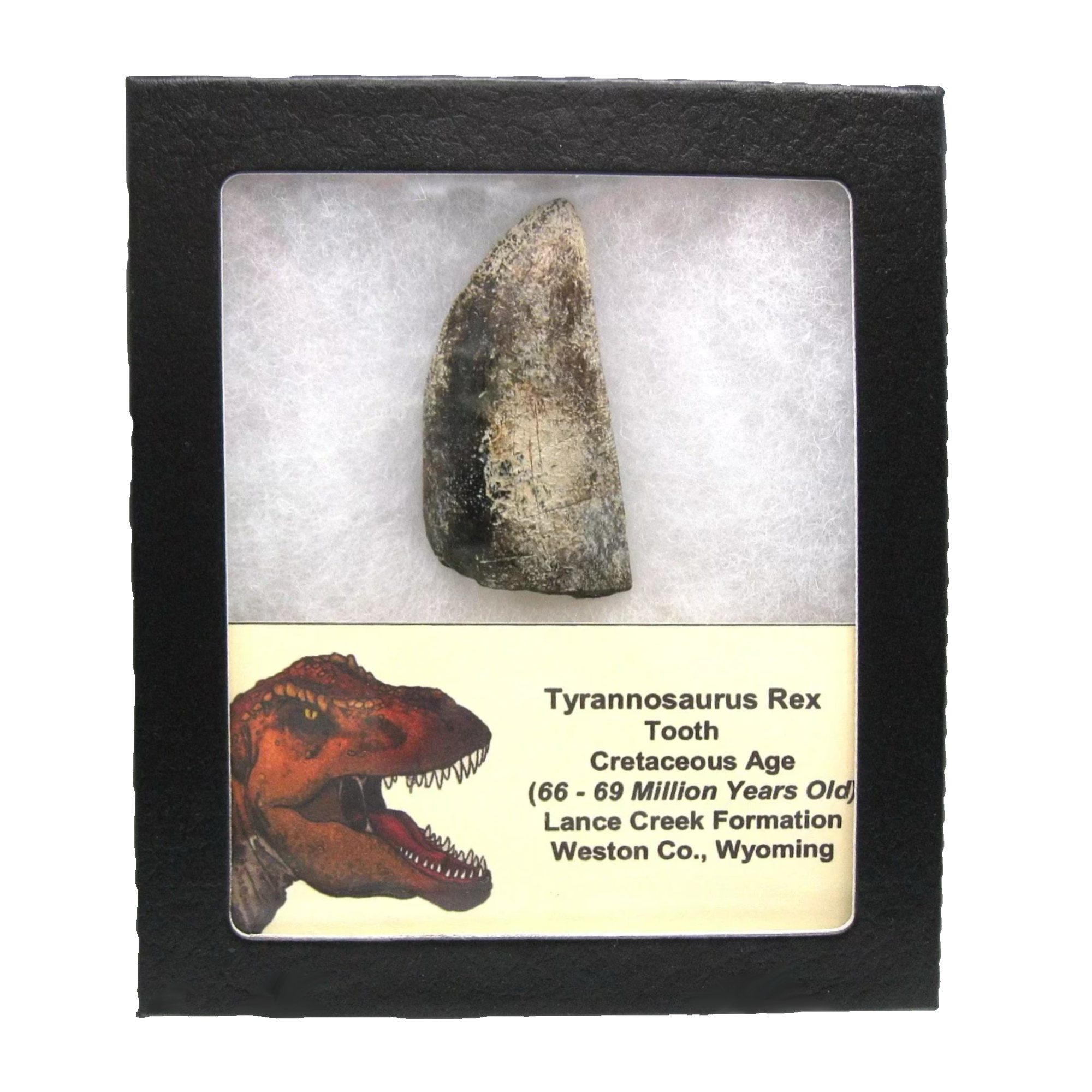
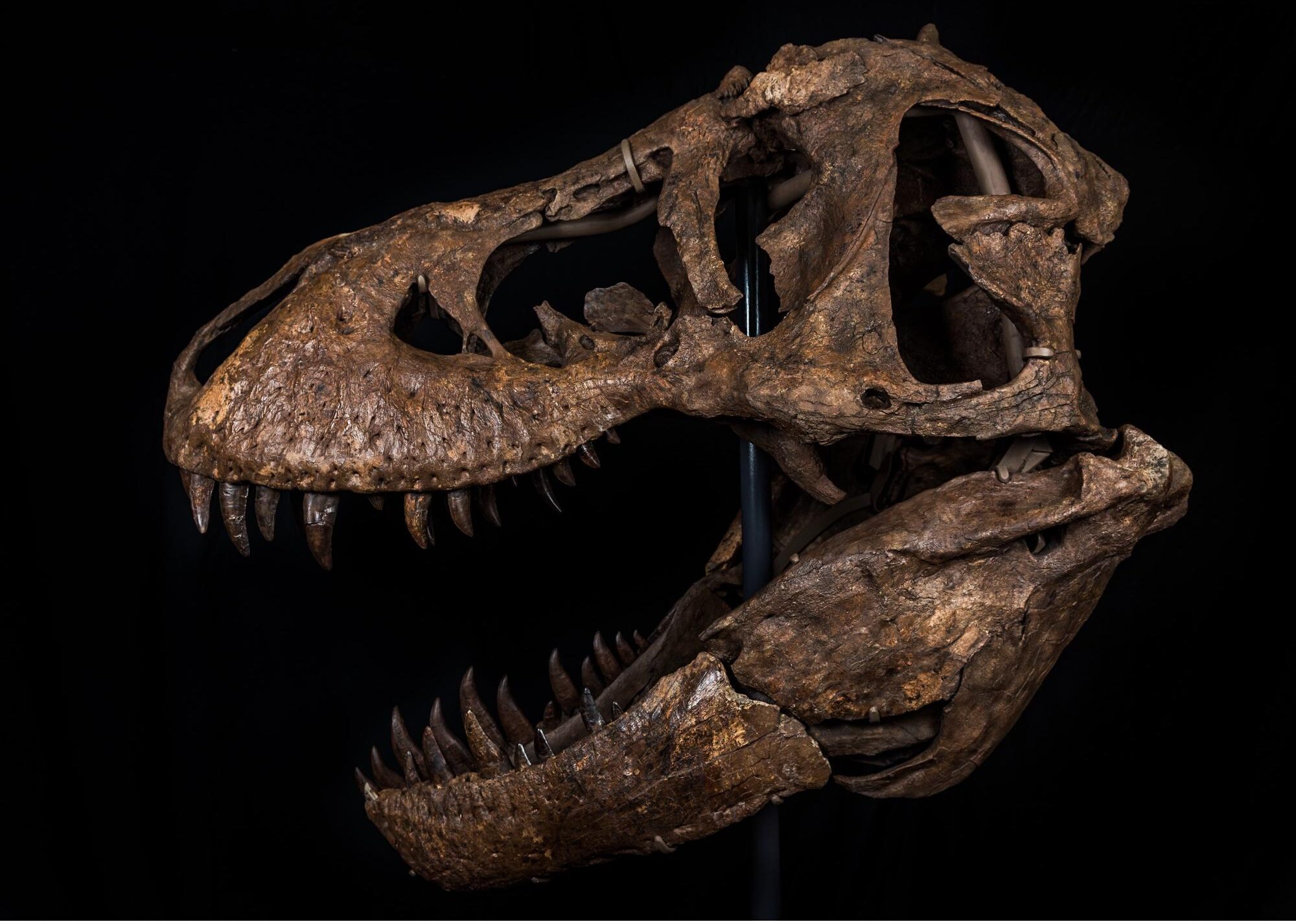
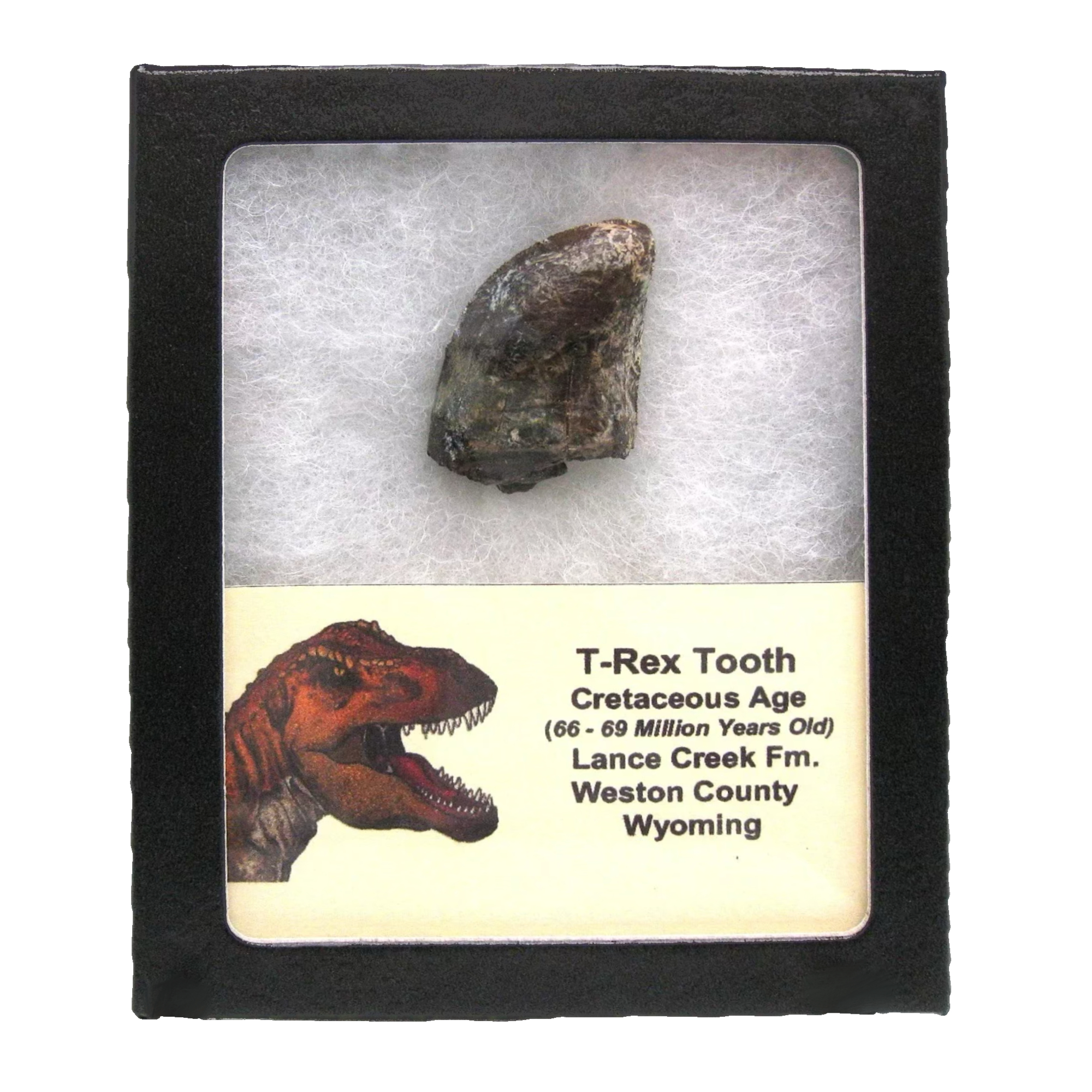
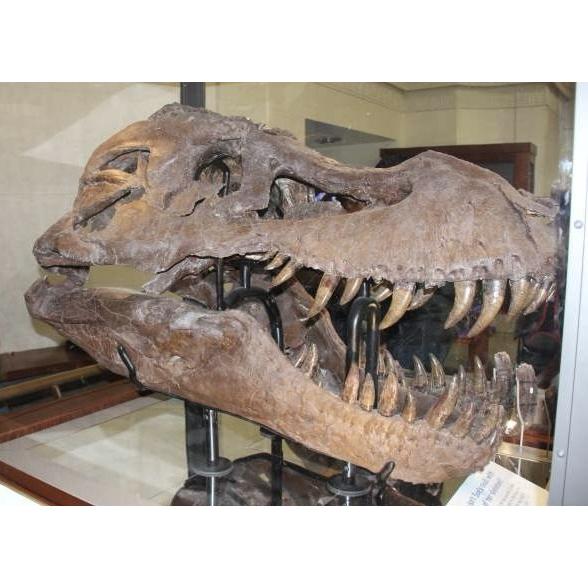
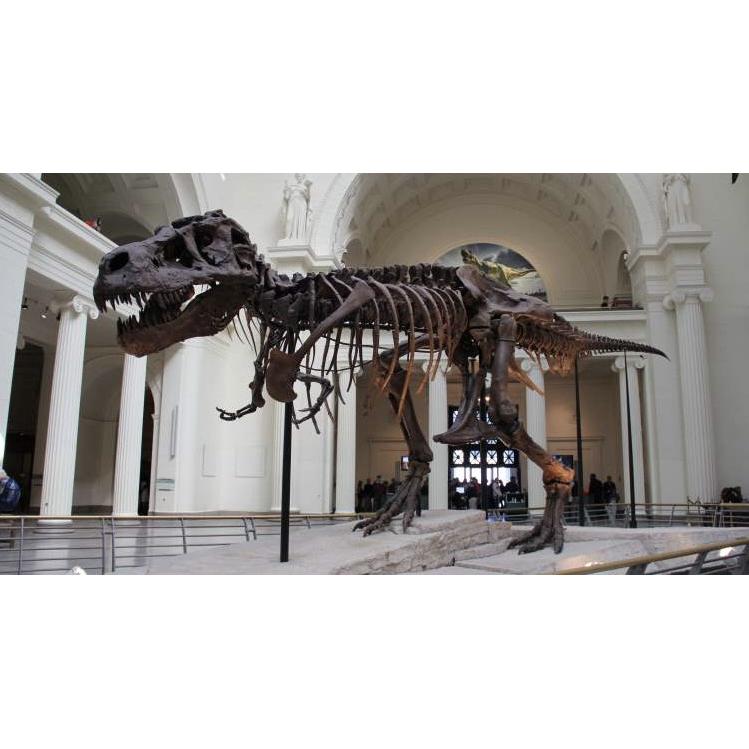
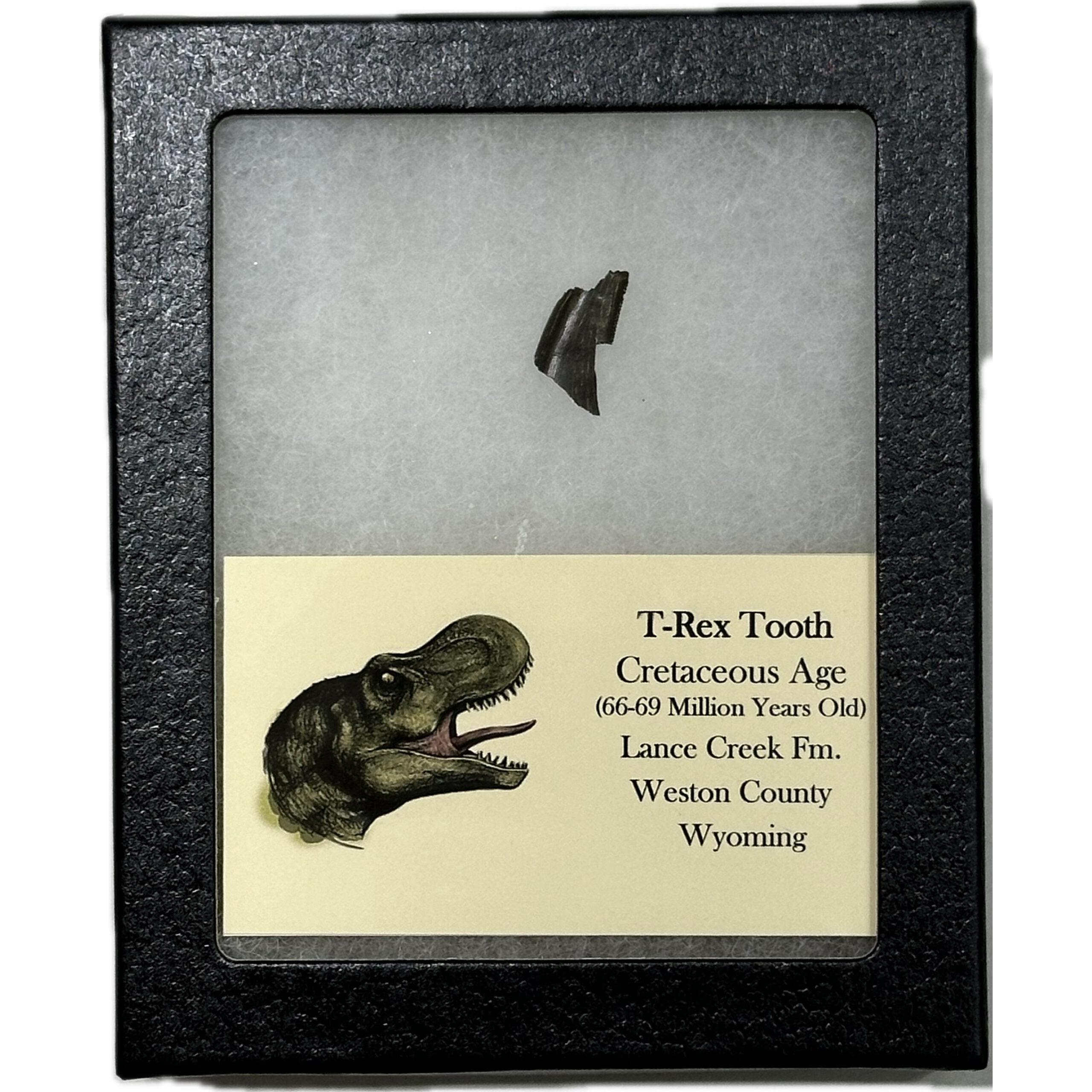
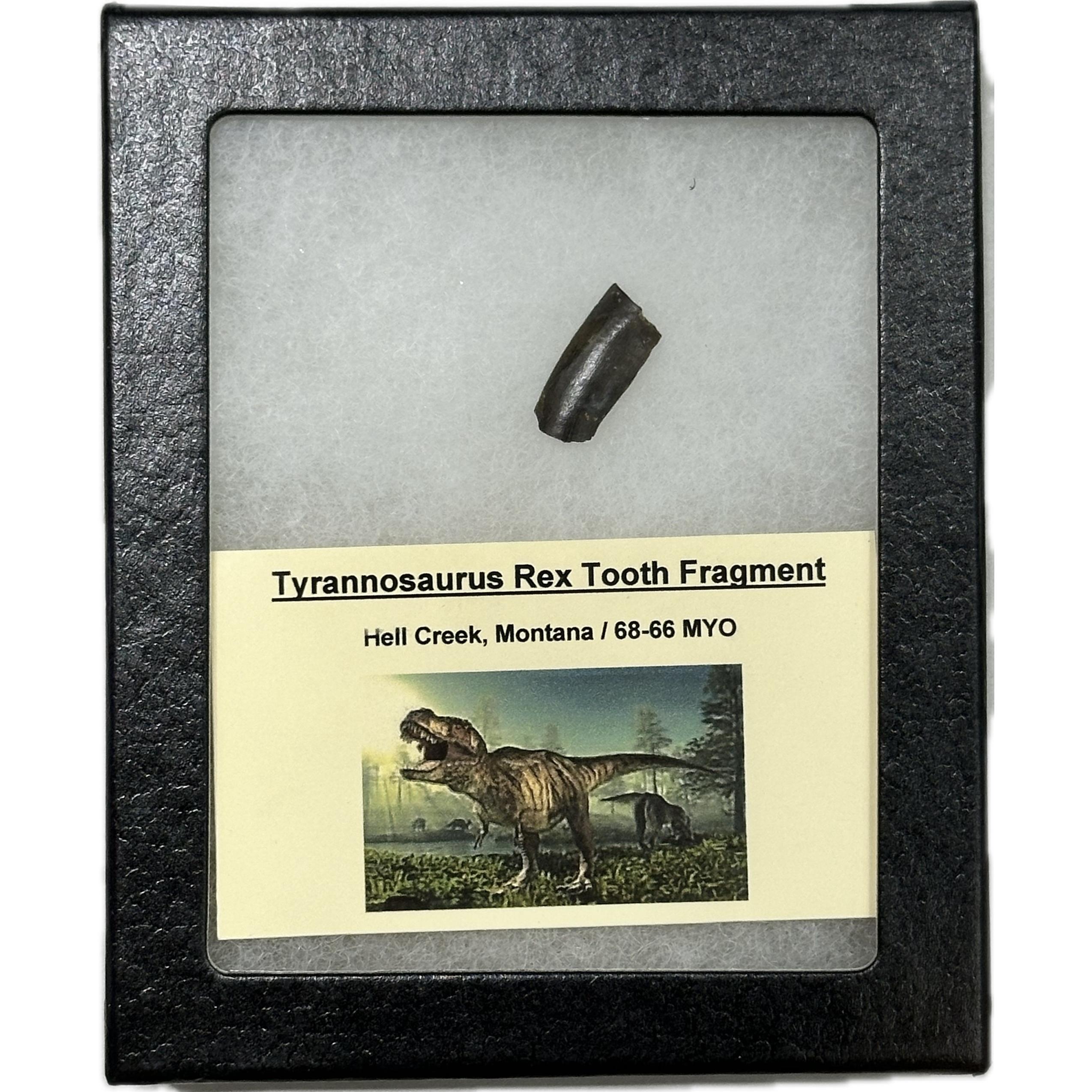
Reviews